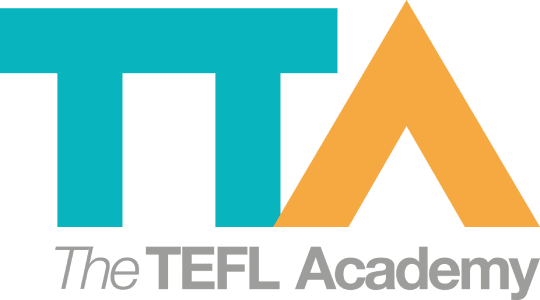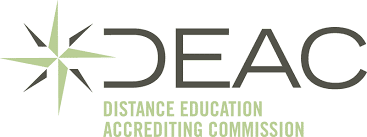The Lexical Approach: What Is It And How You Can Use It
Join a global community of over 200,000 TEFL teachers working throughout the world! Enrol me!
As EFL teachers, it is necessary to be equipped with a toolbox of teaching methods and approaches. These days it is common for teachers not to adopt only one teaching method but instead use an approach of principled eclecticism, so it is essential that we are aware of the different methods available to us.
Michael Lewis introduced us to a teaching method which became known as the lexical approach, in 1993. A lexical chunk is a pair or group of words often found together.
(Lexical chunks differ from collocations in that collocations are content words while lexical chunks may incorporate a grammatical function word.
For example: by the way is a lexical chunk but totally convinced is a collocation.)
Lexical chunks are used frequently by native speakers and they contribute to fluency. According to Lewis, “Language is grammaticalised lexis, not lexicalised grammar” (1993). In other words, language is based mostly on lexis while grammar plays a supporting role.
This should seem quite natural to us, as the majority of what we produce is made up of lexical chunks. While we use grammar to convey meaning, the content of our productions depends on chunks and our access to our store of chunks is reflected in our fluency.
In practical terms, what this means is that you should draw your students’ attention to lexical patterns. Words shouldn’t be taught in isolation, regardless of which part of speech they are.
For example:
Urge/encourage/advise someone to do something
An important/major/central theme
The brain is then able to store these chunks as wholes rather than individual words, thus effectively increasing the storage capacity of our short term memory. (Schmitt, 2000).
Of course, it is not possible to teach our learners each and every lexical chunk. Rather, by increasing exposure to chunks our learners will develop the habit of analysing language in this way, which will help their future learning. As they notice chunks, they will internalise the language and so learn it.
Learning chunks will help our learners not only increase their vocabulary banks but help them become more fluent in their natural speech.
Lewis, M. (1993). The Lexical Approach. Hove: Language Teaching Publications.
Schmitt, N. (2000). Key Concepts in ELT: Lexical Chunks. ELT Journal, 54 (4): 400 – 401.
Accreditation & Quality Assurance
The TEFL Academy was the world’s first TEFL course provider to receive official recognition from government regulated awarding bodies in both the USA and UK. This means when you graduate you’ll hold a globally recognised Level 3 (120hr) Certificate or Level 5 (168hr) Diploma, meaning you can find work anywhere and apply for jobs immediately.
 United Kingdom
UK
United Kingdom
UK












